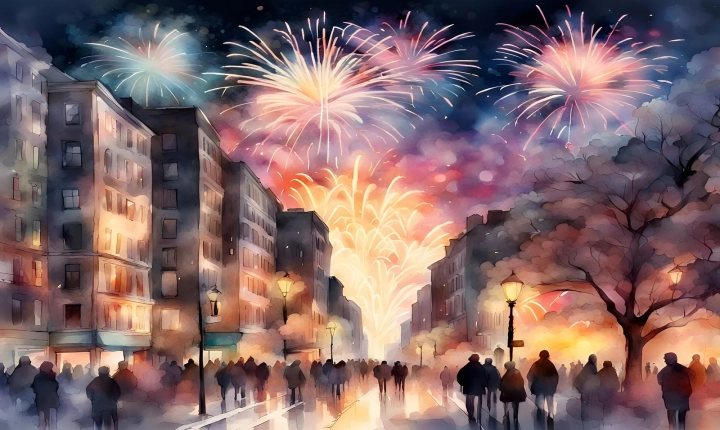AI Artist: Redefining the Boundaries of Creativity
Artificial Intelligence (AI) has been making significant advances and finding its way into various fields, and the world of art is no exception. The emergence of AI artists is redefining traditional notions of creativity and the role of the artist, sparking both excitement and controversy within the art world.
AI artists are computer algorithms that have been programmed to create works of art using data and predetermined parameters. These algorithms can analyze and learn from existing art, imitate specific styles, and even generate entirely new artistic expressions. This has led to the creation of paintings, music compositions, sculptures, and even poetry that can rival the works of human artists.
One of the most notable AI artists is the “Portrait of Edmond de Belamy” created by the Paris-based art collective Obvious. This AI-generated portrait was auctioned at Christie’s for a staggering price, signaling the growing acceptance and interest in AI-generated art within the art market.
AI artists are not limited to imitating existing styles; they can also push the boundaries of creativity with novel and unconventional artworks that challenge human perceptions of art. By analyzing vast amounts of data and patterns, AI artists can generate unique and thought-provoking pieces that may not have been conceived by human artists.
The rise of AI artists has sparked debate within the art community regarding the nature of creativity and the role of the artist. Some view AI-generated art as a threat to the authenticity of human creativity, arguing that true art is a product of human emotions, experiences, and consciousness. Others see AI artists as a revolutionary tool that can expand the horizons of artistic expression and provide new perspectives on the creative process.
Furthermore, AI artists raise complex ethical and legal questions regarding ownership, copyright, and authorship. Who owns the rights to AI-generated art? Can AI artists be considered as independent creators, and if so, how do we credit and recognize their work?
Despite the concerns and controversies surrounding AI artists, there is no denying the potential they hold in revolutionizing the art world. AI artists can collaborate with human artists, inspire new forms of expression, and even democratize the creative process by making art more accessible to a broader audience.
As AI continues to evolve and become more sophisticated, the boundaries between human and machine creativity will continue to blur. The emergence of AI artists is not about replacing human artists, but rather about expanding the possibilities of artistic expression and challenging our preconceived notions of creativity.
In conclusion, the rise of AI artists is a testament to the transformative power of technology in the realm of art. It presents both challenges and opportunities, and as the art world continues to grapple with the implications of AI-generated art, one thing is certain: AI artists are here to stay and will continue to redefine the boundaries of creativity.
